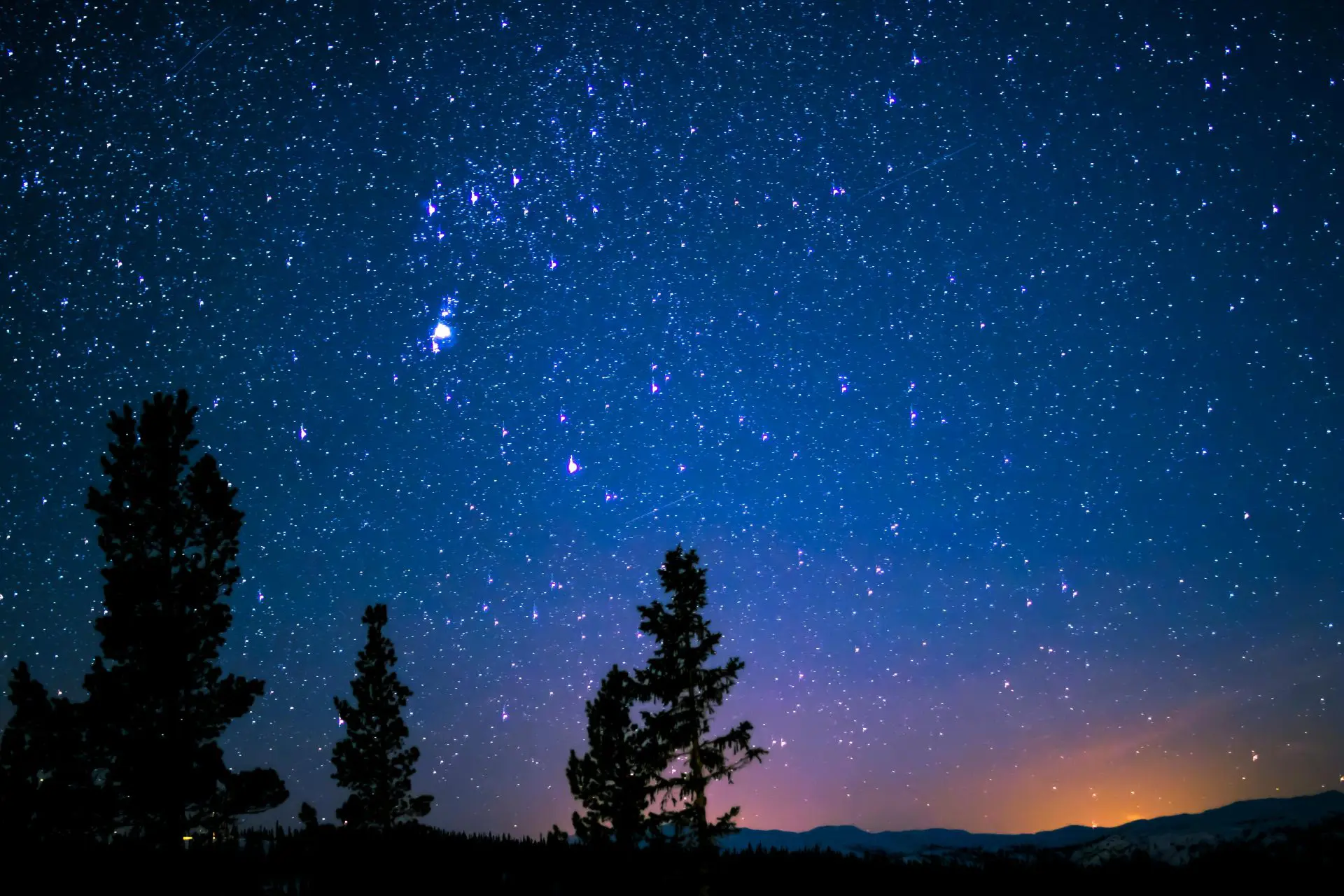Wildlife Journals: Documenting Species

Looking for more amazing products? Check out our online store and explore our collection here! Happy shopping!
Before diving in, please note: This post is for informational purposes only. If you’d like to know more about how we approach topics, feel free to check out our friendly Disclaimer Page.
Hey there, amazing readers! 
We’re committed to delivering quality posts, and your support (even just sticking around despite the ads) means everything to us. So, bear with us, and thanks for helping us keep the good vibes rolling. Now, on to the fun stuff!
TRANSLATE BUTTON AT THE END OF THE ARTICLE
A Quick Overview: Introduction to Wildlife Journals
Wildlife journals serve as essential tools for documenting the diverse species found in various ecosystems around the world.
These journals provide a platform for researchers, scientists, naturalists, and wildlife enthusiasts to record their observations, findings, and data related to different plants and animals.
By documenting species, individuals can contribute valuable information to the scientific community, aid in conservation efforts, and increase awareness about the importance of biodiversity.
Importance of Documenting Species
Documenting species is crucial for understanding the intricate web of life on Earth.
By keeping detailed records of different plants and animals, researchers can track population trends, behaviors, and habitats.
This information is vital for monitoring changes in biodiversity, identifying endangered species, and implementing conservation strategies.
Documenting species also helps in creating a baseline for future research and monitoring the impact of human activities on wildlife populations.
Benefits of Wildlife Journals
Wildlife journals offer a wide range of benefits for both individuals and the environment.
Some of the key advantages of maintaining a wildlife journal include:
Enhancing personal knowledge and understanding of local ecosystems
Contributing valuable data to scientific research and conservation initiatives
Building a sense of connection and appreciation for nature
Providing a record of personal observations and experiences in the natural world
Facilitating collaboration and information sharing among researchers and wildlife enthusiasts
How to Start a Wildlife Journal
Starting a wildlife journal is a simple yet rewarding process.
Here are some steps to help you begin your documentation journey:
Select a journal or notebook to dedicate specifically to recording wildlife observations.
Familiarize yourself with the local flora and fauna in your area.
Make regular visits to natural areas such as parks, forests, or wetlands to observe wildlife.
Record your observations, including the species identified, behaviors witnessed, and any other relevant information.
Take photographs or sketches to accompany your written notes for visual reference.
Key Components of a Wildlife Journal
A well-maintained wildlife journal should include several key components to ensure comprehensive documentation:
Date and location of observations
Species identified, including common and scientific names
Descriptions of behaviors, habitat preferences, and interactions with other species
Weather conditions at the time of observation
Field notes on any unusual or noteworthy sightings
Recording Species Observations
When documenting species observations in your wildlife journal, it is essential to be accurate and detailed.
Here are some tips for recording observations effectively:
Use clear and concise language to describe species characteristics and behaviors.
Include specific details such as size, coloration, markings, and patterns.
Note any vocalizations, movements, or interactions observed.
Record the time of day and environmental conditions during the observation.
Avoid making assumptions or interpretations that are not based on direct observation.
Using Technology for Documentation
In the digital age, technology has revolutionized the way wildlife enthusiasts document species observations.
From smartphone apps to specialized software, there are various tools available to streamline the documentation process.
Some benefits of using technology for wildlife documentation include:
Instant access to field guides, species databases, and identification tools
Geotagging features to record the exact location of observations
Photo and video capabilities for capturing visual evidence
Data analysis and visualization tools for organizing and interpreting information
Connectivity for sharing observations with a broader community of researchers and conservationists
Sharing Wildlife Journal Findings
Sharing your wildlife journal findings with the broader community can help raise awareness about local biodiversity and inspire others to get involved in conservation efforts.
Consider the following ways to share your observations:
Join online platforms and citizen science projects to contribute data and engage with other wildlife enthusiasts.
Attend local nature groups, workshops, or conferences to present your findings and learn from others.
Publish articles or blog posts sharing your observations, insights, and experiences in the field.
Collaborate with researchers, conservation organizations, or educational institutions to contribute to ongoing research projects.
Citizen Science and Wildlife Journals
Citizen science plays a significant role in wildlife conservation by mobilizing volunteers to collect data and contribute to research projects.
Wildlife journals are a valuable tool for citizen scientists to document species observations, monitor ecosystems, and participate in meaningful conservation efforts.
By engaging in citizen science initiatives, individuals can make a meaningful impact on biodiversity conservation and contribute to the global scientific community.
Conservation Impact of Wildlife Journals
Wildlife journals have a direct impact on conservation efforts by providing essential data for monitoring species populations, identifying threats to biodiversity, and informing conservation strategies.
By documenting species observations, individuals can contribute valuable information to help protect endangered species, preserve critical habitats, and promote sustainable management practices.
The insights gained from wildlife journals are instrumental in shaping policies, raising awareness, and fostering a deeper appreciation for the natural world.
Examples of Successful Wildlife Journals
Several successful wildlife journals have had a significant impact on biodiversity conservation and scientific research.
Some notable examples include:
The "Birds of America" journal by John James Audubon, which revolutionized ornithology and conservation in the 19th century.
The "Wildlife Photographer of the Year" competition, which showcases stunning images of wildlife from around the world and raises awareness about conservation issues.
The "eBird" platform, which enables birdwatchers to record and share their sightings, contributing to a massive database of bird observations used for research and conservation.
The "Nature’s Notebook" project, which engages citizen scientists in tracking plant and animal phenology to study the effects of climate change on ecosystems.
Conclusion: Preserving Biodiversity through Documentation
In conclusion, wildlife journals play a vital role in documenting species, monitoring biodiversity, and contributing to conservation efforts.
By starting a wildlife journal, individuals can deepen their connection to the natural world, contribute valuable data to scientific research, and make a meaningful impact on wildlife conservation.
Through accurate and detailed documentation, we can preserve biodiversity, protect endangered species, and ensure a sustainable future for generations to come.
Take the first step in documenting species today and become a steward of our precious natural heritage.

The Enlightenment Journey is a remarkable collection of writings authored by a distinguished group of experts in the fields of spirituality, new age, and esoteric knowledge.
This anthology features a diverse assembly of well-experienced authors who bring their profound insights and credible perspectives to the forefront.
Each contributor possesses a wealth of knowledge and wisdom, making them authorities in their respective domains.
Together, they offer readers a transformative journey into the realms of spiritual growth, self-discovery, and esoteric enlightenment.
The Enlightenment Journey is a testament to the collective expertise of these luminaries, providing readers with a rich tapestry of ideas and information to illuminate their spiritual path.
Our Diverse Expertise
While our primary focus is on spirituality and esotericism, we are equally passionate about exploring a wide range of other topics and niches 

To ensure we provide the most accurate and valuable insights, we collaborate with trusted experts in their respective domains 
Our blog originally focused on spirituality and metaphysics, but we’ve since expanded to cover a wide range of niches. Don’t worry—we continue to publish a lot of articles on spirituality! Frequently visit our blog to explore our diverse content and stay tuned for more insightful reads.
Hey there, amazing reader! 
Check out our store here and take a peek at some of our featured products below! Thanks for being awesome!











